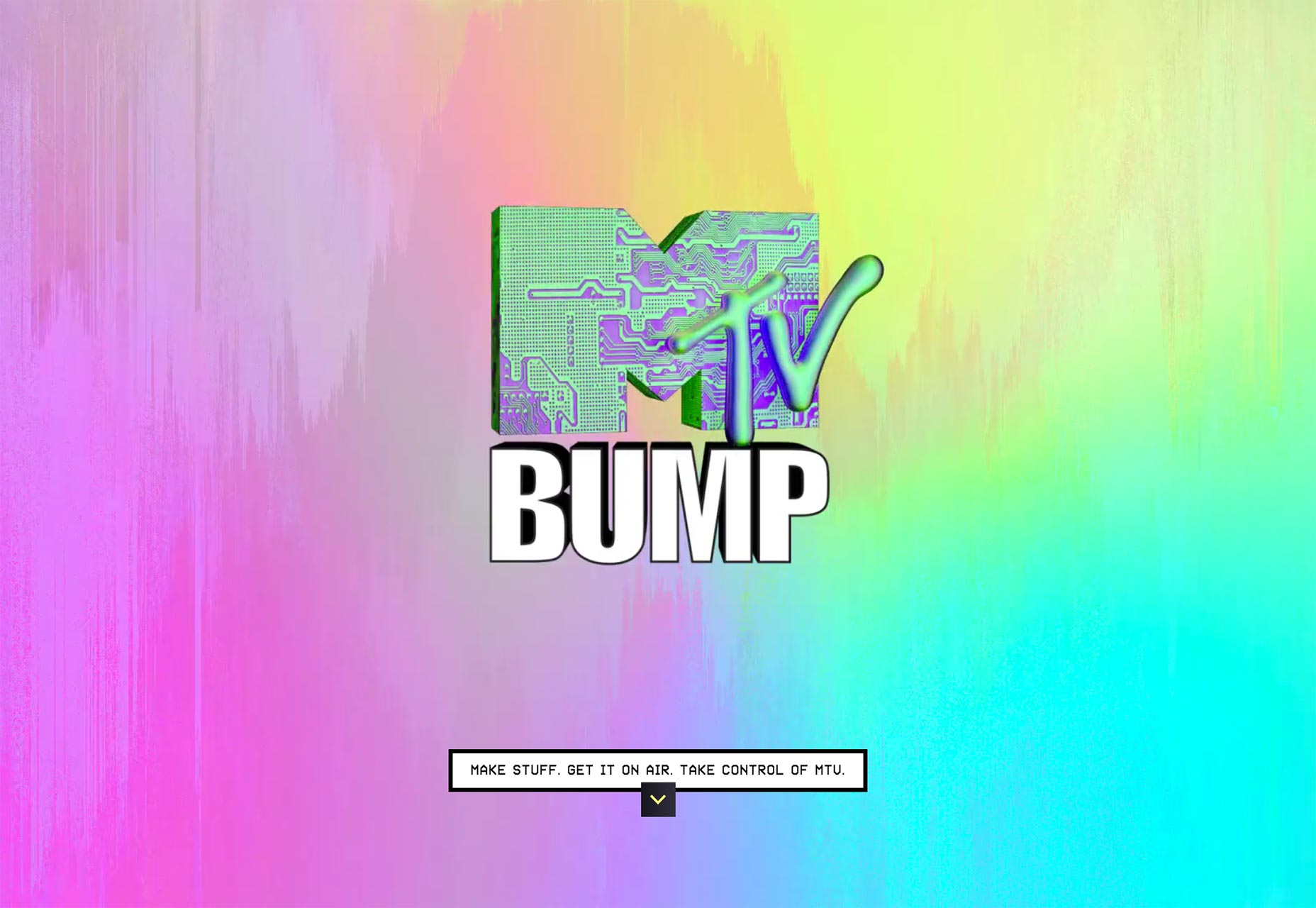 When you work for a user experience design company for as long as I have, you start to notice the cyclical nature of industry trends. Just like fashion or art, what goes out of style inevitably resurfaces a few years down the road, only to become adopted by the mainstream, and fade into obsoletion once again.
When you work for a user experience design company for as long as I have, you start to notice the cyclical nature of industry trends. Just like fashion or art, what goes out of style inevitably resurfaces a few years down the road, only to become adopted by the mainstream, and fade into obsoletion once again.
In the digital design world, there’s maybe no better example of this than the rise and fall (and rise) of the gradient. Considered a lynchpin of interface design in the nineties (how many geocities sites had a gradient WordArt header?), the trend likely dates back even farther. Consider this iconic logo:
‘Back To The Future’ is a fitting example for a design trend that has just recently resurfaced today, perhaps most notably in Instagram’s logo redesign in 2016 and Spotify’s dual tone playlist icon. Gradients have become increasingly popular in the user interface design world, and for good reason—they inject depth and texture to the interface. They serve unique, even conflicting roles: gradients realistically mimic the colors we see around us (rarely do we encounter single tones in the real world), but they can also be used to create color patterns we’ve never seen before.
When used improperly, gradients spell out a design disaster
The gradient is a powerful design technique, and with great power comes great responsibility. When used improperly, gradients spell out a design disaster. They can muddle a layout, distract the user, and ruin an interface’s entire aesthetic. In this article (with the help of my trusty team of UX designers), we reveal the secret to crafting a gradient that elevates your interface to the next echelon, rather than remind the user of 1997.
Start With a Strong Foundation
Whether it’s dual tone or multi-tone, every gradient is only as strong as its base colors. And just like all color-based design choices, we can refer to the color wheel for guidance when selecting the correct ones.
Don’t worry, you don’t need to be an expert on color theory to make prudent selections for your gradient. The general rule of thumb is to choose colors that are close to each other, thus allowing them to blend more naturally. UX Planet includes a great diagram—look how seamless the transition from yellow to orange is compared to the green-purple.
Why are colors in proximity on the wheel so visually appealing? Perhaps it’s because those are the gradients that naturally occur so often. Which brings us to an excellent trade secret for UI designers: turning to nature as a source for inspiration.
Gradients In Nature
We constantly encounter gradients in our day-to-day lives: the sky, sunsets, bodies of water. No matter where we are in the world, the sky especially serves as excellent source material. Just take a look at the breathtaking natural tableaus designer Anna Grenn showcases, complete with their accompanying color makeups.
And while the sky may be the most common source material, there’s no end to examples. There’s probably a natural gradient around you right now. The color of the real life does not neatly fill inside the lines, but rather blends.
Taking it to the Next Level
So let’s say your existing brand’s colors aren’t exactly conducive to gradients. Or maybe your standard two-tone gradient simply isn’t cutting it. Never fear: injecting additional hues to the gradient is a great way to enhance its visual interest and distinguish your UI even more.
As you’d imagine, additional colors are going to flow best when they fall in between the start and end color on the color wheel. Revisiting the same diagram from UX Planet:
Just be warned: the more colors you add, the more complex your gradient, and the more difficult a design balancing-act you’ll have to perform. You could aim high and shoot for a multi-layered gradient like Instagram’s logo, but go overboard and you could end up with something closer to this deliberately ugly MTV web design.
Light Source & Shape
Even after nailing down the perfect color combination, there’s still the matter of actually implementing it into the design. First, some of the basics:
Gradients should align with their containers, contouring to the layout and directing where the user’s eyeballs should be pointed. For x-sided polygons (squares, triangles, rectangles, pentagons, etc.) this usually means a linear gradient; rounder areas call for a radial direction.

Some UI designers like to assign an imaginary ‘light source’ for the page they’re working on, the same way an artist painting a landscape might. This helps them decide how to orient the gradient—the lighter side should obviously be closer to the source, the darker side farther away. Assigning a light source can also help inform other graphic elements of the page, and act as a focal point too.
Note the light source in the upper-left hand corner for this music app’s interface.
When all of these individual elements are chosen properly, they coalesce into a gorgeous, eye-popping gradient. And that, in turn, serves as a huge boon to the interface as a whole.
Where Do Gradients Go From Here?
Including a gradient in your UI is an excellent, easy way to modernize your platform. By following the tips discussed here, you can ensure you’re wielding this powerful design tool properly. To recap:
- Select the appropriate base tones using a combination of your brand and the color wheel
- When in doubt, turn to the natural world for inspiration
- Kick things up by adding more hues, but be careful not to overdo it
- Choose the correct shape and placement within your interface. Remember: our eyes follow the gradient!
Like all UI design trends, gradients will fall out of fashion—toppled by the next big thing. But for now, they’re a pillar of cutting-edge UI design.
| Add Realistic Chalk and Sketch Lettering Effects with Sketch’it – only $5! |
|
Source
p img {display:inline-block; margin-right:10px;}
.alignleft {float:left;}
p.showcase {clear:both;}
body#browserfriendly p, body#podcast p, div#emailbody p{margin:0;}
Source: Webdesignerdepot.com






